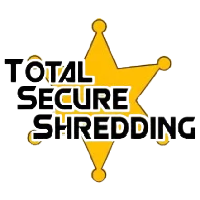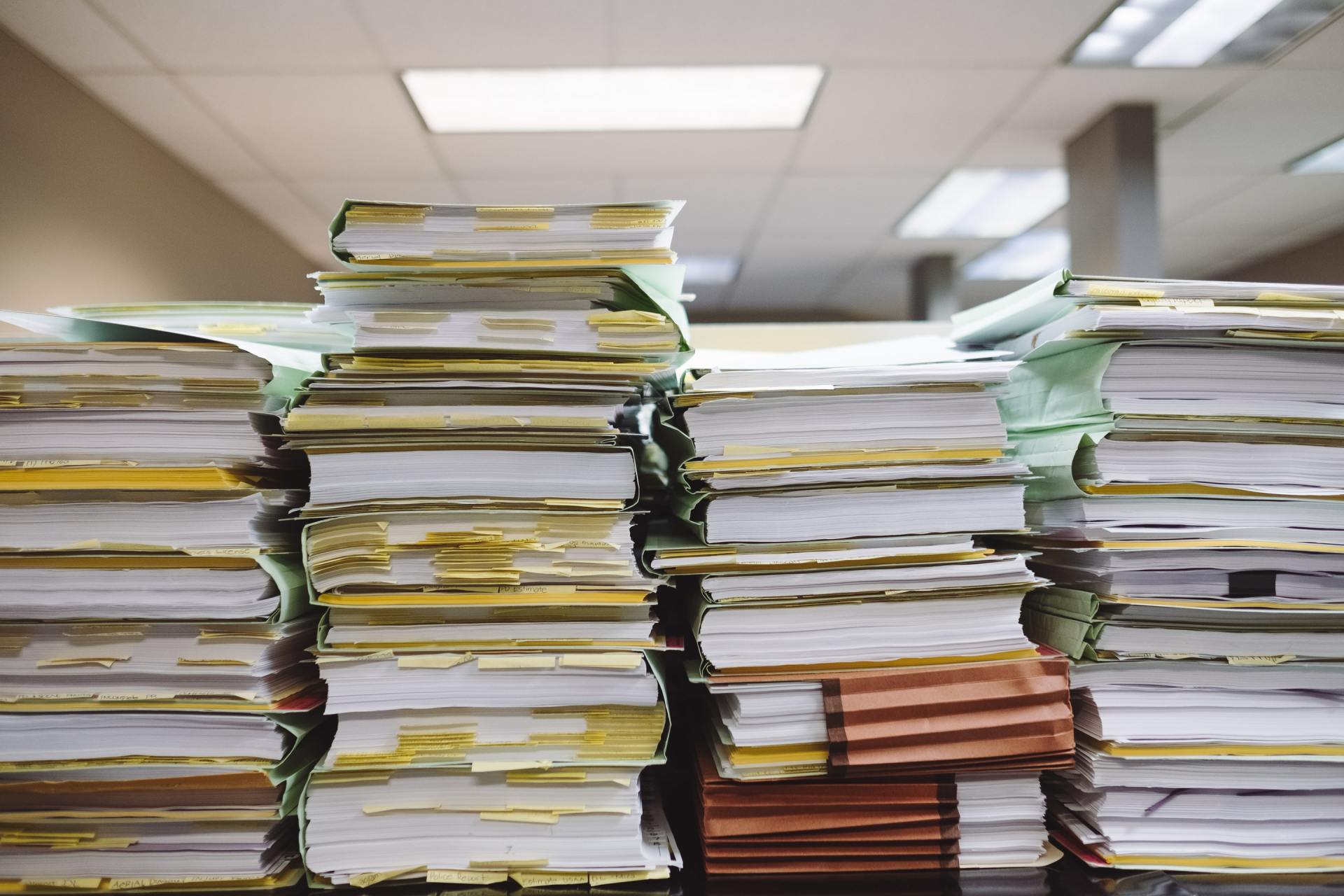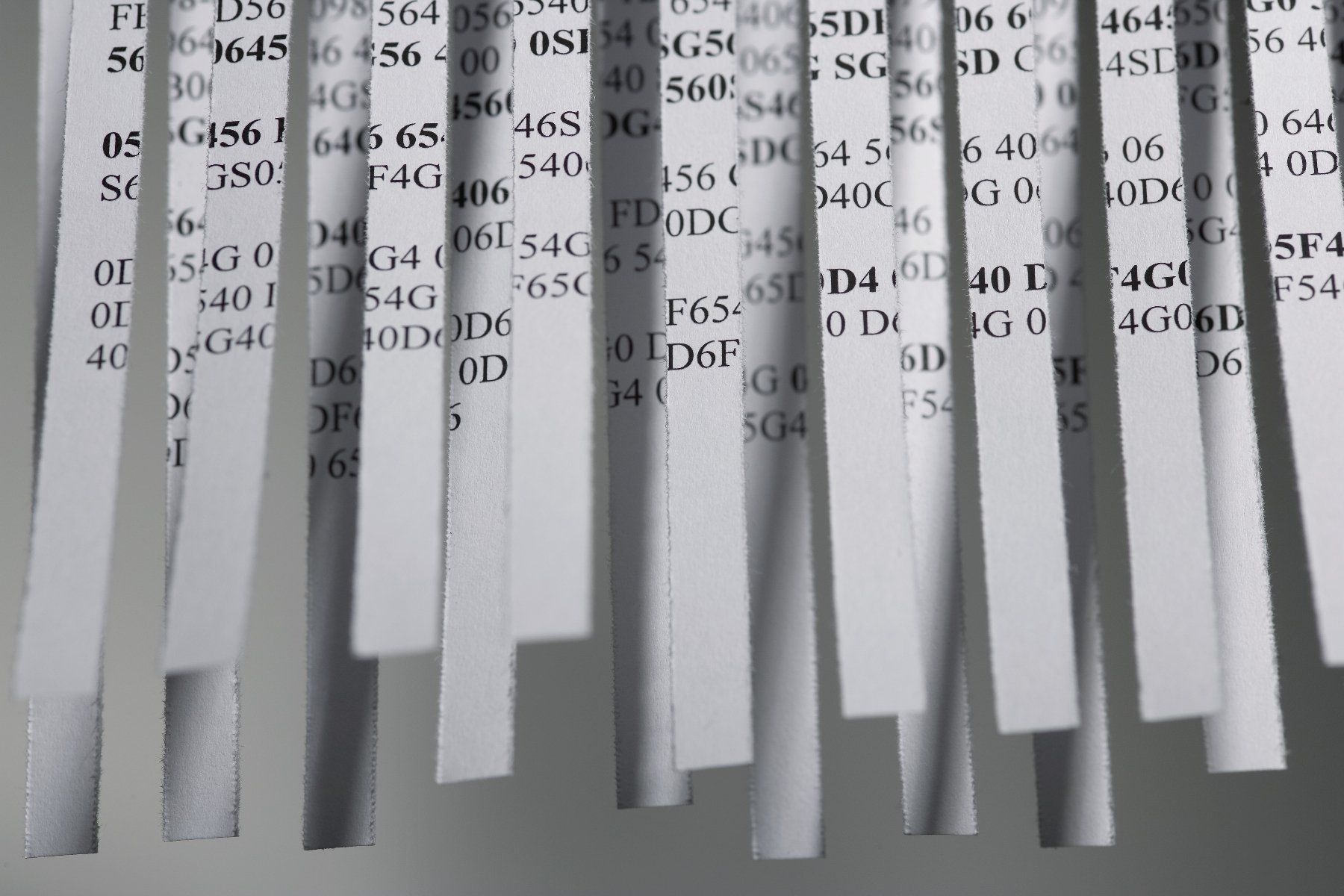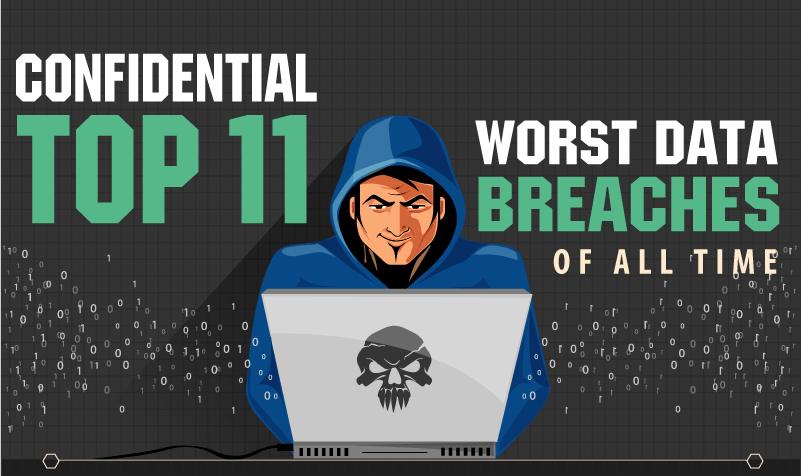Hard Drive Shredding
The information held on your hard drive is every “Bit”…
Get it… “Bit”… as in “Bits & Bytes”…. As in the Digital Language encoding all that information held on your hard drive?
Well, maybe not… but I’ll get a little more to that a “Bit” later.
Sorry, not any funnier the second time.
Anyway… the information held on your hard drive is every bit as important as the critical information that is held on paper documents.
The real question is: How do I get rid of those hard drives now that you’ve upgraded to a new computer?
Before we get into how to get rid of hard drives, maybe we should look a little further into how hard drives work and how exactly that information is stored.
Don’t worry; I’m not going to get that technical…
After all, you don’t have to be a computer engineer to know how to use a computer and you definitely don’t have to be an engineer to know how to destroy one.
So without further ado, put on your propeller hat and let’s get a little technical
First off, hard drives are very precision pieces of machinery.
All that information on your computer, believe it or not, is held on thin round metal plates that spin upwards of 7,200 rpm’s per minute. That’s pretty fast!
Every keystroke produces strings of “1’s” and “0’s” (Those are the “Bits” referred to previously. Bytes are a packet of 8 Bits.) that are transferred and stored magnetically to these highly polished hard drive plates, also known as platters.
There are two very important things to remember from that last sentence:
- Magnetically Transferred
- Highly Polished Plates
So remember these two tidbits for when we get further along in the destruction process.
Well I think that’s all we need to know with regard to how hard drives work…
And actually, that’s about all I know when it comes to how hard drives works… see, I said you didn’t need to know much!
Now on to how we get rid of these hard drives…
There are basically three ways to commonly used to get rid of hard drives, or at least the information held on them.
The first is “Wiping the Entire Hard Drive” . This is the method of simply “overwriting” all your old information with new useless information – for example, writing 0’s over the entire hard drive.
One item of note is that “Wiping” IS NOT the same as “Reformatting” a hard drive or “Deleting” files on your hard drive. Also, the “Wiping” needs to be performed on the entire hard drive not just segments of the hard drive.
Special software is required to perform the “Wiping”.
Another method is called Degaussing . This is when powerful magnets are used to jumble up all those “1’s” and “0’s”.
Remember that fact about how information is transferred and stored magnetically on the hard drive.
There are machines on the market that perform this degaussing function.
However, the magnets hanging on your home refrigerator won’t cut it! You will need some heavy duty magnets or an actual degaussing device.
The third and final method for getting rid of hard drives is Physical Destructio n. And as you might have guessed, this involves getting physical with your drive!
I’ve researched a few different ways. Some seem extremely stupid and hazardous to your health; Some seem potentially practical.
First some of the ridiculous:
Dissolve your hard drive in Hydrochloric Acid . This might work very well, but if you’re like me, you don’t have hydrochloric acid just laying around and moreover, like me, don’t know where in the world to get enough to dissolve an entire hard drive
Even if you had some around the house just waiting to get used, how do you get rid of it when you’re done?
But most important, do you really want to be messing around with acid?
Burn your hard drive with Thermite : Why anyone would even recommend this is ridiculous. Again, this might work well for destroying a hard drive but if in the process you kill yourself, someone else, or burn down the entire neighborhood in the process – is it worth it? (That’s a rhetorical question by the way!)
Along with burning it with Thermite, I pretty much also include using a welder, blow torch, or plasma cutter. That’s great if you have one of those things and know how to use it, but for the rest of us…
Now we get to various other tools that include: Sledge Hammers, Hacksaws, Drills, & Grinders.
All these things would seem to work once you put on your safety gloves and goggles and invest enough elbow grease.
Here’s the thing, like I said before, hard drives are really sensitive. Remember the highly polished platter part.
Typically things that are not out in the open for people to see but nonetheless are highly polished – trust me it’s like that for a reason. Just a little bit of dust or putting one deep scratch on the surface could really foul things up.
So if you have the time and desire, grinding hard drive platters down to dust will do the trick.
Using a hack saw to cut the platters into pieces would also seem to work and along with drilling holes into them, beating them with sledge hammers and other forms of mutilation.
You might lose a finger or put out an eye in the process, but I guess that’s better than the potential outcome from mishandling hydrochloric acid or thermite.
After all, dropping a nuclear bomb on a hard drive might do the job also but let’s think about the collateral damage for a second!
The absolute safest, fastest, affordable, and most secure method of destroying hard drives I have found, by far, is shredding.
What I mean by this is simply throw your hard drive into one end of the machine and at the other end you get pieces.
That’s it – no hammers, explosives, acid, or anything else…
And if you could do that quickly, let’s say in about 30 seconds, so you could watch everything take place while you wait…
Ding, Ding, Ding… I think we have a winner!
The only thing about this method is that, well, the hard drive is done. Goodbye. No More Work.
With the “Wiping” and “Degaussing” methods mentioned above, you can use the hard drives again.
But in reality, who’s getting rid of great hard drives?
The hard drive that was great three years ago is no longer big enough to run the latest version of windows much less anything else.
So who wants your old hard drives, not many… Especially when you consider how affordable new ones are.
So I went out looking for a shredding solution where the proof of destruction was irrefutable.
I didn’t want a machine that worked some sort of “degaussing” or “wiping” magic on your hard drive.
You want proof! You want your hard drive reduced to pieces!
Once your hard drive, especially those platters, is in pieces, it is virtually impossible to pull information off the pieces.
It would literally take upwards of $50,000 to $100,000 dollars, an electron microscope, and hundreds of painstaking hours to pull information off a hard drive platter that is in multiple pieces.
But before you get too excited… I do have one piece of bad news…
Although my hard drive shredder is on order, it won’t be here until March 22 nd . As of writing this, that’s just less than four weeks away.
So please, I beg you, put away the hydrochloric acid, the thermite, or any other dangerous technique you’ve devised to obliterate your hard drive.
Four weeks really isn’t that long – I PROMISE!
While we’re waiting for the new hard drive shredder to arrive, feel free to check out the new Total Secure Shredding, Inc. Hard Drive Web Page and let me know what you think.
It’s under construction; nothing is final (including prices). So what you see today could be completely different by March 22 nd .
I look forward to your comments.
Until Next Time,
Keep Totally Secure,
Mike





